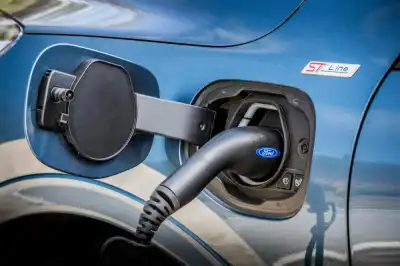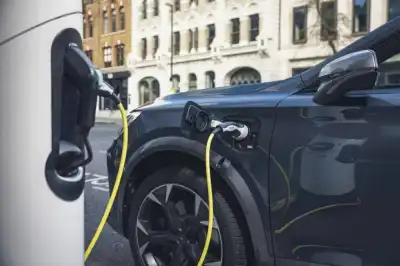
What Is a Hybrid Car?
- “Hybrid” Noun. ‘a thing made by combining two different elements.’
A Hybrid car is a car that uses more than one motor or fuel as a source of propulsion. Typically this now means a car that uses a petrol or diesel engine in combination with an electric motor.
The primary benefit of owning a vehicle with a hybrid powertrain is energy efficiency. The electric motor is able to supplement the more strenuous roles of the combustion engine, which in turn maximises efficiency.
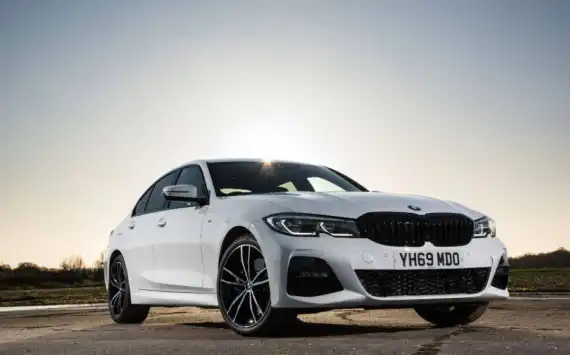
How do Hybrid Cars Work?
Hybrid cars can work in a number of different ways, most of the time it is when the electric motor supplements a petrol or diesel motor, but sometimes the roles can be reversed. So first you must identify what type of Hybrid vehicle you are looking at.
Parallel Hybrid
A parallel hybrid vehicle is the most common type of hybrid vehicle. This is where the car uses a smaller petrol engine as the main driving force of the car, however, there is an electric motor that steps in to alleviate some of the stress of the car. These hybrids can often be driven in electric-only mode, engine only mode and then in hybrid mode.

Hybrid cars will use their electric motors for low speed, stop-start driving such as in traffic or around a city centre. Once the car reaches a certain speed (typically between 15 and 30 mph) the combustion engine will fire up.
Parallel Hybrid cars are arguable the most accessible type of hybrid as they are self-contained and don’t rely on being charged via a plug-in charge point. They recharge the onboard battery by harnessing power through regenerative braking.
One of the most common examples of this is the Toyota Yaris Hybrid.
Range Extender Hybrid
A Range Extender Hybrid tends to be a car that primarily runs off its electric motor, which will be able to handle considerable distances using electricity only, and when the battery is running low a small petrol engine can kick in to add more range by recharging the battery. The petrol engine doesn’t actually turn the wheels, it just recharges the battery to allow the electric motor to carry on turning.
One example of this type of hybrid is the BMW i3, which is available as a pure electric but can also be ordered as a range extender hybrid model.
Plug-In Hybrid
A plug-in hybrid is, as it sounds, a hybrid car that you plug into a charging point to add juice to the onboard battery. These plug-in hybrids use conventional engines as well as larger onboard batteries to allow pure electric driving as well as hybrid and petrol-only driving.
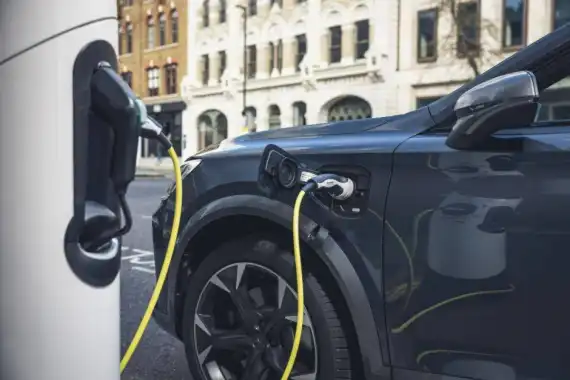
Typically Plug-In hybrids will do over 30 miles of pure-electric miles without having to touch their fuel resources, which is more than you’d be able to get from an equivalent Parallel Hybrid.
Plug-In Hybrid vehicles work in a similar way to Parallel Hybrid vehicles whereby the electric moto does the start/ stop traffic roles and low-speed acceleration, with the petrol motor doing the majority of the work at higher speeds.
How Does a Hybrid Car Charge the Battery?
Not all hybrid cars need to be plugged into a wall box or charge point to recharge their batteries. Regular, self-contained hybrid cars charge their batteries through regenerative braking and with the internal combustion engine.
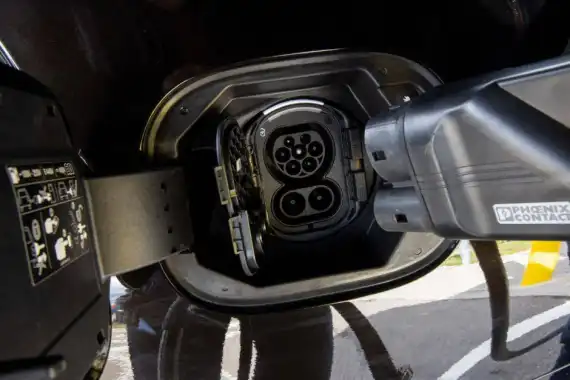
The electric motor in a hybrid car is able to rotate in two ways. Primarily, the motor rotates forward to drive the wheels and get the car moving forwards, but the motor can also rotate backwards and in doing so it recharges the battery.
When you’re driving an electric car and you take your foot off the accelerator, the motor switches and starts to use the forward kinetic energy to recharge the battery. This is then heightened when the driver presses the brake pedal.
Different manufacturers will use different, often adjustable, levels of regenerative braking. This means drivers can choose to recharge whenever their vehicle is coasting, or restrict the regenerative braking to solely when the brake pedal is depressed.
How Many Miles Can a Hybrid Car Go?
How long is a piece of string? Hybrid cars vary in total range depending on a number of factors. Firstly, how efficient is the core combustion engine? A more efficient petrol engine will naturally go further than a thirstier engine.
Secondly, how big is the onboard battery? A larger battery often means more miles. Most plug-in hybrid vehicles now are able to do 30 miles on electric power only, but their total range on a full tank of fuel and a full battery is often well in excess of 500 miles.
The Renault Captur E-tech Plug-In, for example, can do up to 40 miles of driving in 100% electric mode - which is excellent, but the car is also capable of a staggering 190 mpg when driven in hybrid mode. The Captur E-tech has a 39 litre (8.57 gallon) fuel tank. So if you multiply its claimed efficiency of 190 mpg by the tank size, the Captur E-Tech should be capable of 1,628 miles on a single full tank, however, this is slightly misleading.
This would imply driving to extremely meticulous WLTP testing standards, which in all honesty are not realistic in real-life circumstances. This does still go to show the potential of hybrid vehicles though and highlights just how much money you could, in theory, save by switching to a hybrid.


